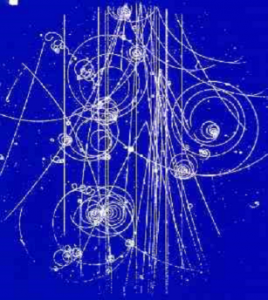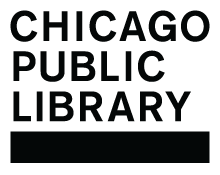Fermilab and the New Frontiers of Physics

Chicago Council on Science and Technology, Fermilab, and
Chicago Public Library, Harold Washington Center Present
Fermilab and the New Frontiers of Physics
Fermilab celebrates its 50th anniversary in 2017. What does the future hold for this world-renowned laboratory in Chicago’s western suburbs—and for physics itself?
Particle physicists aim to discover what the universe is made of and how it works. They study the smallest building blocks of matter using some of the largest and most complex machines in the world. Using Fermilab’s vast complex of particle accelerators and complex detectors, scientists have discovered three building blocks of nature: the bottom quark (1977), top quark (1995) and tau neutrino (2000).
Fermilab supports discovery science experiments in Illinois and at locations around the world, including deep underground mines in South Dakota and Canada, mountaintops in Arizona and Chile, the forests of northern Minnesota, the Large Hadron Collider in Switzerland, and the South Pole. More than 4,500 scientists from 50 countries use Fermilab’s facilities to expand humankind’s understanding of matter, energy, space and time.
In this special panel discussion presented by the Chicago Council on Science and Technology, Chicago Public Library, Harold Washington Center and Fermilab, and moderated by Fermilab’s chief operating officer Tim Meyer, three of Fermilab’s top researchers will introduce the breadth of physics and technology research taking place at the laboratory today, focused on the discoveries ahead at the frontiers of particle physics.
Timothy Meyer is Fermilab’s chief operating officer. As COO, he oversees the activities, functions and infrastructure that support the laboratory’s scientific program. He also serves as a liaison between Fermilab and the Department of Energy system.
Anna Grassellino is a scientist and the deputy head of Fermilab’s Technical Division. Her work focuses on the development of superconducting radio-frequency (SRF) accelerator technology. She is manager at Fermilab of different programs and grants for studies of SRF performance improvement, and one of the lead scientists involved in the cryomodule production for SLAC National Accelerator Laboratory’s Light Coherent Light Source II.
Brian Nord received his PhD in physics at the University of Michigan and now works as a post-doctoral researcher at Fermilab, working on the Dark Energy Survey and the application of artificial intelligence to our biggest questions in astrophysics. A few times per year, he travels to Chile to observe for DES on the Blanco Telescope at the Cerro Tololo Inter-American Observatory or at the Gemini South Telescope.
Oliver Gutsche is a scientist at Fermilab. He earned his PhD in Particle Physics at the University of Hamburg and DESY in Germany. He is a member of the CMS collaboration at the Large Hadron Collider at CERN in Geneva, Switzerland. His research is focusing on physics beyond the Standard Model, specifically in the areas of supersymmetry and dark matter.
DETAILS: Wednesday, September 6, 2017. Chicago Public Library, Harold Washington Center, 400 S. State Street, Cindy Pritzker Auditorium, Chicago, IL. 60605. 6 p.m. – 8 p.m. No advance registration; admission is first-come, first served.

